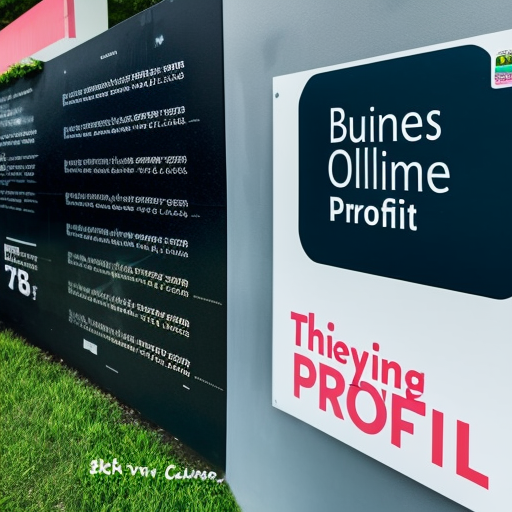Forensic evidence activities are an engaging way for students to gain insight into the world of forensics and the scientific principles behind criminal investigations. With the help of free printable activities, students can explore the essential elements of forensic science, with topics such as fingerprint comparison, testing pH with red cabbage, and examining testimonial evidence.
Testing pH with Red Cabbage Activity
This activity introduces students to the use of red cabbage to test for the pH of a solution. With the help of this activity, students can learn about the process of testing pH and learn how to interpret the colors of the cabbage to measure the pH of a solution. This activity consists of three parts: preparation, testing, and results.
Preparation
To begin, students will need a red cabbage, some boiling water, and a cooking pot. Cut the cabbage into small pieces and place them in the cooking pot. Pour boiling water into the pot and allow the cabbage to steep for a few minutes. Once the cabbage is cooled, strain the contents of the pot and collect the cabbage-water solution.
Testing
Next, students can test the pH of this solution by adding drops of different solutions into the cabbage-water and observing the resulting color. If the cabbage-water turns a deeper shade of red, it indicates that the solution is acidic; if it turns green or blue, it indicates that the solution is more alkaline.
Results
Using the observations, students can chart the pH of the different solutions tested and form an understanding of the relationship between pH and color. This activity is a great way to explore the scientific principles behind forensic evidence and its applications.
Fingerprint Comparisons Activity
This activity introduces students to the comparison of fingerprints, which is an essential part of criminal investigations. With the help of this activity, students can learn about the different types of fingerprints and the process of comparing fingerprints to identify individuals.
Preparation
To begin, students will need some clear tape and paper. Place the tape onto the paper and press down gently to create an impression of the fingerprint. Once the impression is made, carefully remove the tape and place it onto a flat surface. Using a permanent marker, carefully draw the lines of the fingerprint onto the tape.
Testing
Next, students can compare the two fingerprints by examining the lines, loops, and whorls that make up each fingerprint. They can look for similarities in the patterns of the fingerprints and note any differences. By comparing two fingerprints, students can learn about the process of identification used by forensic scientists.
Results
Using the observations, students can draw conclusions about the similarities and differences between fingerprints. This activity is a great way to explore the scientific principles behind fingerprint comparison and its applications in criminal investigations.
Conclusion
With the help of free printable activities, students can explore the essential elements of forensic science, with topics such as fingerprint comparison, testing pH with red cabbage, and examining testimonial evidence. By completing activities such as these, students can gain insight into the world of forensics and the scientific principles behind criminal investigations.

